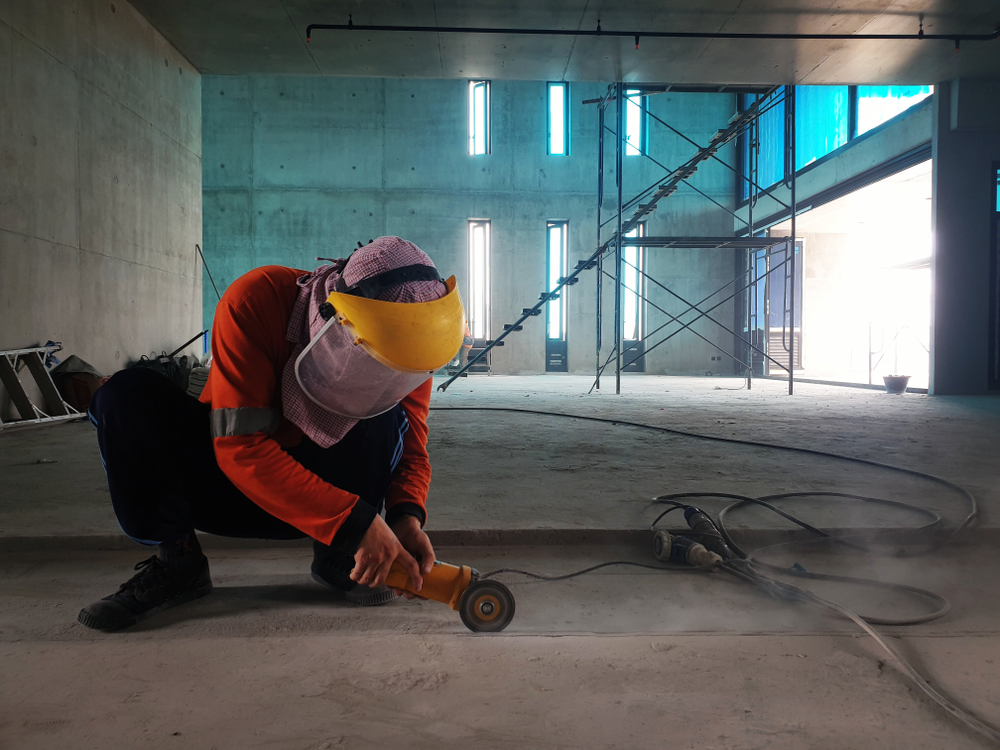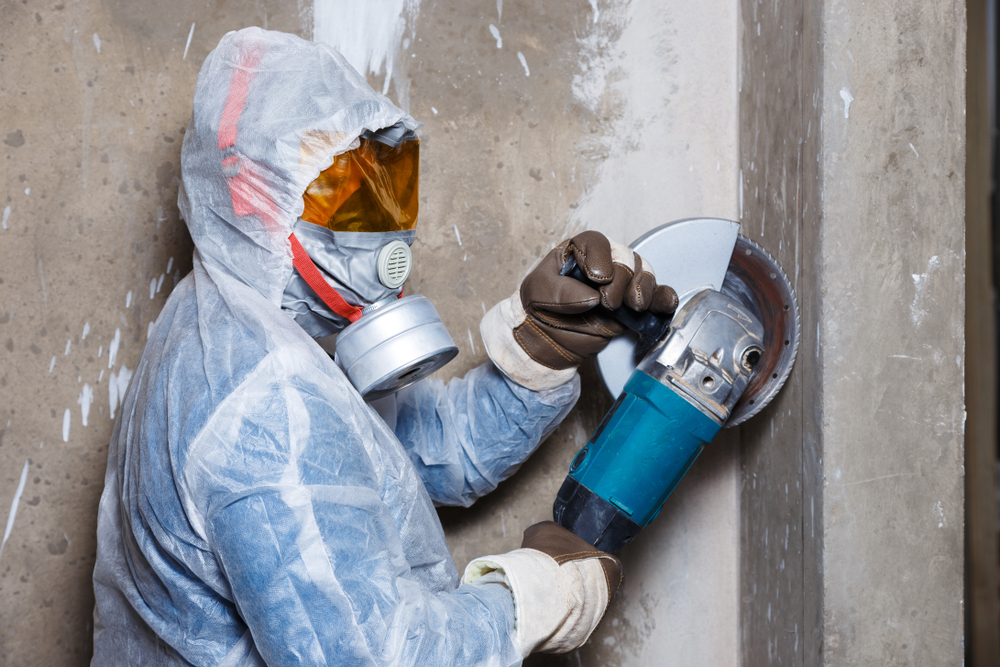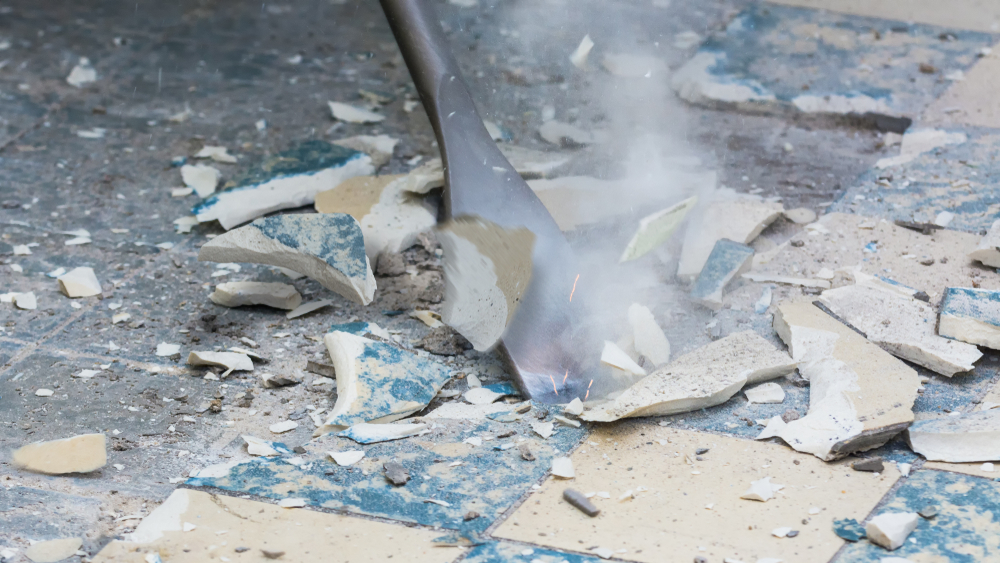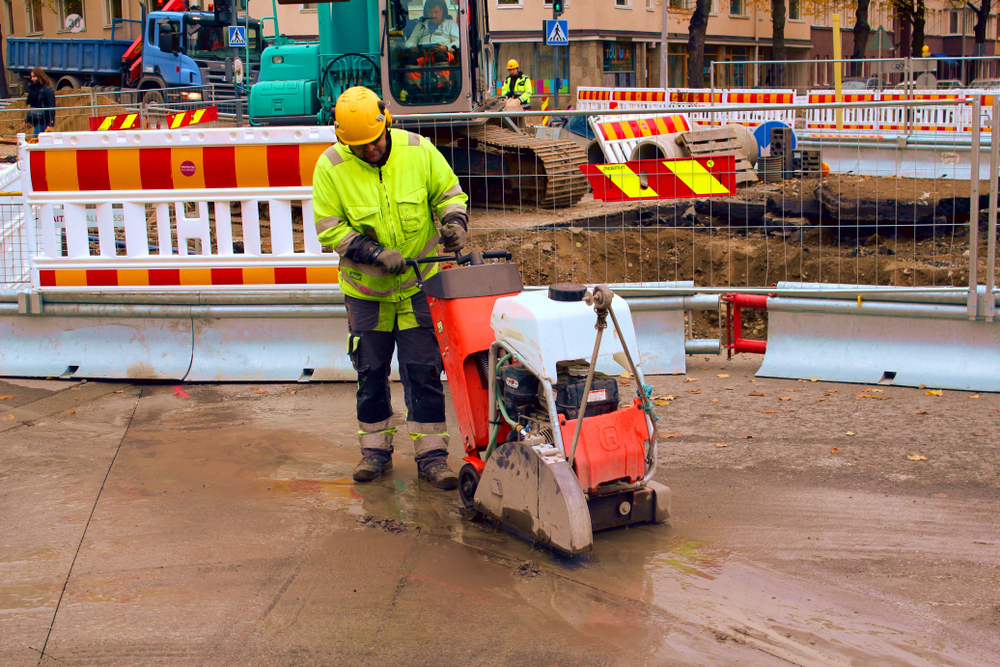Are you planning to cut concrete with a concrete saw? Are you aware of the safety measures when cutting concrete? Please continue reading for some important safety information.
If you are involved in any type of construction work in Australia, you know the importance of concrete in the industry.
With over $20-billion worth of construction work being done every month, the industry has never been as busy as it is today.
Due to the work overload in the industry, there is a high demand to do as much as you can as fast as possible.
This means a lot of short cuts are taken when cutting concrete. If the short cut is unsafe, you may experience disastrous consequences in the process.
That’s why you need to follow safety tips when cutting concrete including the following:
- Follow The Local Standards
- Check The Concrete Saw For Safety
- Wear Safety Gear
- Check The Blade
- Keep The Air Clean
Follow The Local Standards
Local safety standards may change constantly. You should be aware of the latest safety standards in your locality.
You can’t expect the workers to abide by the safety standards in the area if they are not aware of the rules.
You should always check with the local authorities for the latest updates to the safety standards for concrete cutting.
If there any updates, make sure to inform all workers of the latest updates. This is important so you aren’t exposed to fines for not abiding by the safety standards in the construction industry.
Check The Concrete Saw For Safety
Make sure the concrete saw is in good condition before you decide to use it. A dull or damaged saw can injure your workers. The power cord and water pump of the saw should also be in good order.
Don’t forget to double-check the water tank before anyone uses the saw. Check the handle and guards for any signs of wear or damage.
If you find any signs of damage or wear, make sure to keep the saw away from workers and have these replaced immediately.
Wear Safety Gear
Every construction worker should have the right safety gear and equipment to protect themselves from injuries.
This is one of the most important things to do to when running a safe construction workplace.
Ensuring the protection of your workers is part of your job as a contractor, site manager or supervisor.
Long pants, protective garments, and safety boots are some of the most important safety gear you need to protect yourself when engaged in concrete cutting.
Don’t forget to wear eye goggles to protect your eyes from sharp objects when cutting concrete.
Concrete cutting involves a lot of water. Boots with weak treads are not the best for construction workers as this may cause the worker to slip and fall.
Masks and face shields are important for people who are working in the cutting area. Ear protection equipment is also important because concrete cutting involves a lot of noise.
Check The Blade
Concrete saws use diamond blades. The blade should be the right size depending on the concrete saw you use and should be sharp enough to cut the concrete.
Diamond blades come in different sizes and shapes for various purposes. If the blade vibrates too much when you switch on the machine, stop the machine and inspect the blade.
This is important to guarantee the safety of the workers on your construction site.
Keep The Air Clean
Make sure all workers have the necessary respiratory equipment in place when cutting concrete blocks.
Although water will flow over the diamond blade to reduce concrete dust, eliminating all the dust isn’t totally possible.
Where possible, you should encourage wet cuts to keep the air clean and reduce the concrete dust.
If you are looking for a specialist concrete cutting company who uses only the best practices to get the job done right, then please call us at Megasaw on 1300 920 419 or contact us through our website.




